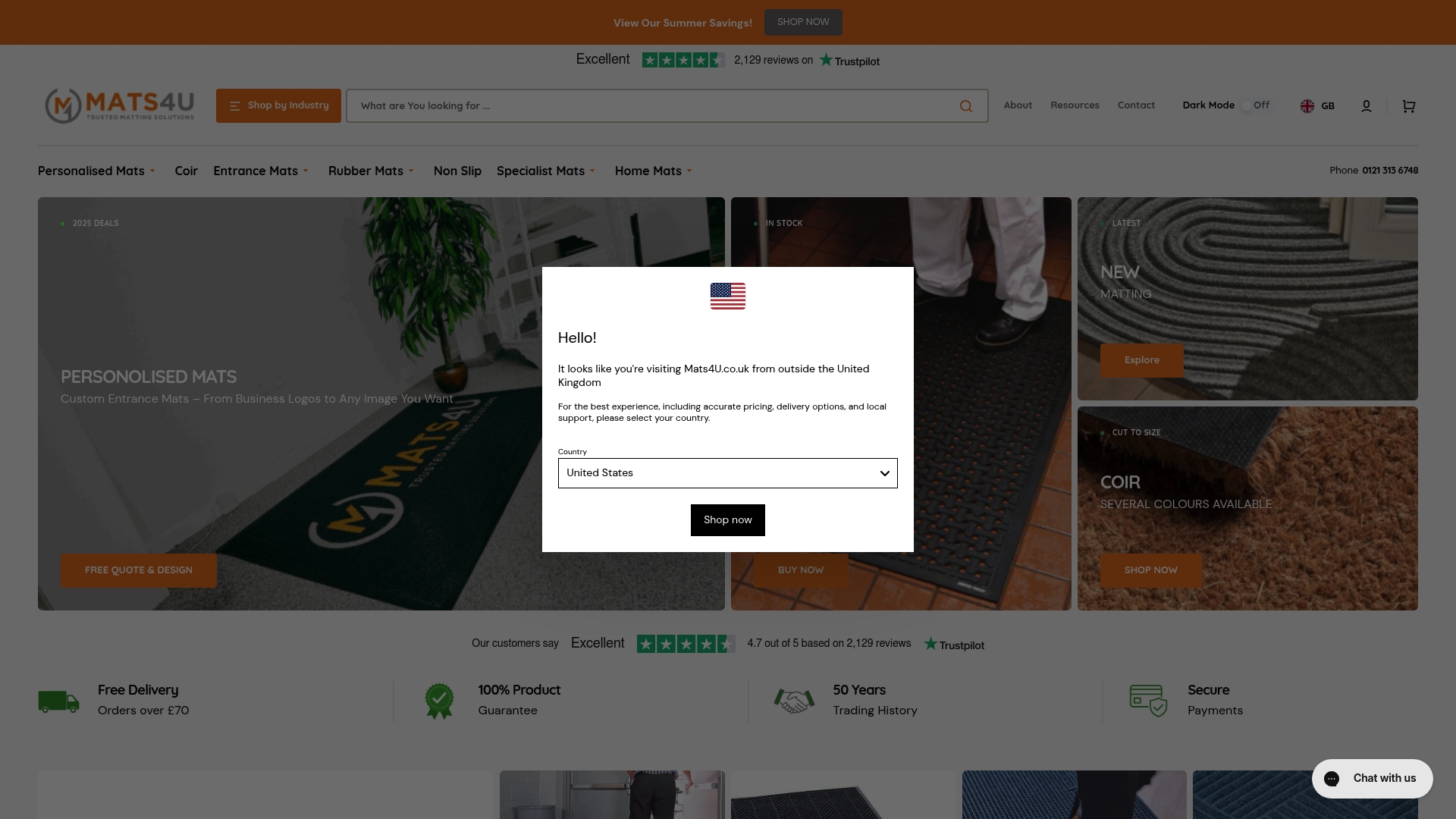Did you know that remote teams can be nearly 50 percent less likely to feel connected without regular engagement activities? Staying engaged at a distance matters now more than ever as remote work quickly becomes the norm for organisations worldwide. By using smart communication rhythms, building social connections and celebrating teamwork, businesses can turn virtual spaces into thriving, supportive environments where people truly feel valued.
Quick Summary
| Takeaway | Explanation |
|---|---|
| 1. Schedule Regular Virtual Check-Ins | Consistent communication helps combat isolation and keeps teams aligned. Regular touchpoints foster collaboration and cohesion among remote workers. |
| 2. Create Online Spaces for Social Interaction | Design informal channels for team members to connect beyond work discussions, encouraging genuine relationships and cultural exchange. |
| 3. Organise Virtual Team Building Activities | Engage teams with interactive activities that strengthen interpersonal bonds, creating shared experiences beyond just work tasks. |
| 4. Recognise Achievements with Digital Rewards | Implement digital recognition programs to celebrate individual and team accomplishments, enhancing morale and motivation across the remote workforce. |
| 5. Encourage Open Communication and Feedback | Establish accessible channels for employees to share ideas and feedback, fostering a culture of trust and transparency in remote environments. |
Table of Contents
- Schedule Regular Virtual Team Check-Ins
- Create Online Spaces for Social Interaction
- Organise Virtual Team Building Activities
- Recognise Achievements with Digital Rewards
- Encourage Open Communication and Feedback
- Promote Physical Wellness with Remote Challenges
- Offer Flexible Work and Learning Opportunities
1. Schedule Regular Virtual Team Check-Ins
Establishing consistent communication rhythms is the cornerstone of successful remote team engagement. Virtual team check-ins transform isolated work environments into collaborative spaces where connection and alignment flourish.
Regular check-ins serve multiple critical purposes beyond simple status updates. They create structured opportunities for team members to share progress, discuss challenges, maintain team cohesion and combat the potential isolation of remote working. Without these intentional touchpoints, remote teams risk becoming disconnected fragmented and misaligned.
Effective virtual check-ins typically include:
- Brief project status updates
- Opportunity for team members to surface challenges or roadblocks
- Space for collaborative problem solving
- Informal social interaction
Designing these meetings requires thoughtful planning. Aim for a consistent schedule most teams benefit from weekly or biweekly meetings lasting 30 to 45 minutes. Use video conferencing to enhance personal connection allowing team members to see each other face to face. Rotate meeting facilitation responsibilities to distribute leadership and maintain engagement.
Pro tips for maximising virtual check-ins:
- Use collaborative agenda templates
- Encourage everyone to contribute
- Keep discussions focused but allow natural conversation flow
- Alternate between structured updates and open dialogue
By prioritising these regular interactions you transform remote work from a potential source of disconnection into an opportunity for meaningful collaboration and team building.
2. Create Online Spaces for Social Interaction
Building strong remote team connections requires intentional strategies that go beyond work related communication. Online social spaces are the digital equivalent of workplace water cooler conversations allowing team members to connect informally and build genuine relationships.
According to People Insight, creating virtual watercoolers and casual chat channels enables teams to maintain social connections outside structured work interactions. These digital environments become critical platforms for spontaneous conversation team bonding and cultural exchange.
Effective online social interaction channels can include:
- Dedicated messaging channels for casual conversation
- Virtual coffee break rooms
- Non work discussion groups
- Collaborative digital spaces for shared interests
Implementing these spaces requires selecting appropriate communication platforms that feel natural and low pressure. Tools like Slack Microsoft Teams or Discord offer versatile channels where team members can share memes discuss weekend plans or collaborate on non work interests. The key is creating environments that feel voluntary and enjoyable rather than mandatory or forced.
Strategic approaches for online social interaction:
- Encourage organic conversation
- Respect individual communication preferences
- Create theme based channels
- Allow personality and humour to emerge naturally
By investing in digital social infrastructure you transform remote work from a potentially isolating experience into a connected collaborative environment where team members feel genuinely supported and engaged.
3. Organise Virtual Team Building Activities
Virtual team building transforms remote work from isolated experiences into dynamic collaborative environments. Strategic social activities become the glue that binds distributed teams together creating shared experiences and strengthening interpersonal connections.
According to research from Reward Gateway, encouraging culture champions to host informal gatherings can significantly enhance team cohesion. These activities go beyond mere entertainment they are critical mechanisms for building trust understanding and mutual respect among team members.
Engaging virtual team building activities can include:
- Online multiplayer games
- Trivia and quiz competitions
- Virtual escape rooms
- Collaborative cooking sessions
- Digital scavenger hunts
Drawing inspiration from information technology engagement strategies, successful virtual team building requires creativity and intentionality. The goal is not just entertainment but creating meaningful interactions that translate into stronger workplace relationships. Consider rotating activity organisers to ensure diverse experiences and give team members opportunities to showcase their personality and interests.
Pro tips for virtual team building:
- Keep activities optional and low pressure
- Select inclusive games that do not require specific skills
- Provide clear instructions and technology support
- Celebrate participation over competition
By investing time and imagination into virtual team building you create a workplace culture that values connection creativity and mutual support even across digital landscapes.
4. Recognise Achievements with Digital Rewards
Recognition transforms workplace culture especially in remote environments where traditional acknowledgment methods fall short. Digital rewards emerge as powerful tools for maintaining motivation visibility and team morale across dispersed workforces.
According to Reward Gateway, strategic digital recognition can yield remarkable results. One compelling example highlights how Boden sent 772 digital eCards in a single year resulting in a significant 20% increase in employee engagement.
Effective digital recognition strategies include:
- Peer to peer eCard platforms
- Virtual achievement badges
- Public recognition walls
- Leadership spotlight posts
- Digital appreciation certificates
Designing a robust digital recognition programme requires thoughtful implementation. Social recognition platforms enable teams to celebrate individual and collective achievements instantly visibly and inclusively. These platforms democratise praise allowing team members at all levels to acknowledge excellent work and contributions.
Key principles for digital rewards:
- Make recognition frequent and specific
- Ensure visibility across the entire team
- Allow multiple recognition methods
- Link recognition to specific organisational values
By embracing digital rewards you create a culture of appreciation that transcends physical boundaries celebrating individual achievements while reinforcing collective success.
5. Encourage Open Communication and Feedback
Open communication represents the lifeblood of successful remote teams transforming isolated work experiences into collaborative environments of trust and transparency. Feedback mechanisms become critical pathways for understanding team dynamics and individual experiences.
According to People Insight, providing multiple channels for remote employees to voice ideas concerns and feedback is essential for maintaining team cohesion. These communication avenues must feel accessible low pressure and genuinely responsive.
Effective communication channels can include:
- Anonymous digital suggestion boxes
- Regular pulse surveys
- Dedicated feedback platforms
- One on one virtual meetings
- Open team discussion forums
Implementing robust feedback systems requires creating psychological safety where team members feel comfortable sharing authentic perspectives. Leaders must model vulnerability demonstrate active listening and respond constructively to input. Employee wellbeing guides emphasise the importance of creating environments where communication feels genuine and supportive.
Strategic approaches for encouraging feedback:
- Respond to all submitted feedback
- Share organisational changes resulting from input
- Rotate feedback collection methods
- Celebrate transparent communication
By prioritising open communication you transform feedback from a transactional process into a meaningful dialogue that drives continuous improvement and team connection.
6. Promote Physical Wellness with Remote Challenges
Physical wellness becomes increasingly critical in remote work environments where sedentary lifestyles can quickly become the default. Wellness challenges transform health from an individual pursuit into a collaborative team experience that boosts motivation and connection.
According to research from Wales247, virtual fitness challenges can simultaneously promote peer recognition social connection and mental health support. These initiatives go beyond simple exercise they create shared experiences that strengthen team bonds.
Engaging wellness challenge ideas include:
- Step count competitions
- Virtual yoga sessions
- Mindfulness meditation challenges
- Home workout equipment stipends
- Weekly fitness goal tracking
Drawing insights from People Insight, comprehensive wellness strategies should encompass mental and physical health. Consider offering resources such as counselling wellness days and virtual mindfulness sessions to support holistic employee wellbeing.
Pro tips for implementing wellness challenges:
- Make participation optional and inclusive
- Provide multiple challenge options
- Celebrate effort over performance
- Integrate team recognition elements
- Offer flexible participation methods
By creating an environment that prioritises physical wellness you demonstrate genuine care for your team members individual health and collective energy.
7. Offer Flexible Work and Learning Opportunities
Flexible work and continuous learning represent the cornerstone of modern professional development in remote environments. Professional growth opportunities transform workplaces from static job roles into dynamic learning ecosystems that value individual potential and organisational innovation.
According to research from Wales247, providing access to remote learning platforms like LinkedIn Learning and Coursera enables organisations to support employee development comprehensively. These platforms offer structured pathways for continuous skill enhancement without geographical constraints.
Learning opportunity strategies include:
- Structured online training programmes
- Virtual mentorship connections
- Quarterly skill development budgets
- Flexible learning time allocations
- Peer to peer knowledge sharing sessions
Drawing insights from Information Technology engagement strategies, successful learning initiatives go beyond simple course provision. They require creating a culture that genuinely values personal and professional growth demonstrating organisational commitment to employee potential.
Key principles for implementing learning opportunities:
- Align learning with individual career aspirations
- Provide diverse learning formats
- Recognize and reward learning achievements
- Create supportive mentorship frameworks
- Encourage knowledge sharing across teams
By prioritising flexible work and learning opportunities you signal a profound commitment to your team members individual growth and organisational potential.
Below is a comprehensive table summarizing strategies and key considerations for enhancing remote team engagement and collaboration from the article.
| Strategy | Implementation | Expected Results |
|---|---|---|
| Regular Virtual Check-Ins | Schedule consistent meetings; use video conferencing; rotate facilitation | Enhanced team cohesion, alignment, and collaboration |
| Online Social Spaces | Create casual chat channels; use platforms like Slack; include informal interactions | Strengthened social connections and team bonds |
| Virtual Team Building Activities | Host inclusive games and events; rotate organisers | Improved trust, engagement, and interpersonal understanding |
| Digital Rewards for Achievements | Utilise eCards and badges; ensure visible recognition | Increased motivation and morale |
| Open Communication and Feedback | Provide anonymous suggestion boxes and regular surveys | Better team cohesion and transparent communication |
| Physical Wellness Challenges | Offer fitness competitions and mindfulness sessions | Enhanced health, motivation, and team connection |
| Flexible Work and Learning Opportunities | Provide online training and flexible learning time | Encouraged professional growth and organisational innovation |
Transform Virtual Engagement into Tangible Team Spirit
Remote teams need more than video calls and digital rewards to feel genuinely connected. While your business strives to foster collaboration and celebrate achievements online, the physical environment still plays a crucial role in well-being and motivation. A branded, welcoming workspace can bridge the gap between home and office, turning every return to the workplace into a positive, energising experience for your staff and visitors.

Take the next step in building a truly united and uplifting company culture. Discover how custom logo mats and quality floor coverings from Mats4U can boost your team’s pride and showcase your brand at every entry point. Order now and see the difference a professional welcome can make for both remote and in-office teams. Explore your options on our easy-to-use homepage—create an environment that inspires connection and wellbeing today.
Frequently Asked Questions
How can I schedule regular virtual team check-ins?
Establish a consistent meeting schedule, like weekly or biweekly, lasting 30 to 45 minutes. Use video conferencing to foster connection and encourage all team members to actively participate.
What online spaces can I create for social interaction among remote team members?
Set up dedicated messaging channels for casual conversations, virtual coffee breaks, or themed discussion groups. This will promote informal connections and help build stronger relationships among team members.
What are some engaging virtual team-building activities I can consider?
Consider organizing online multiplayer games, trivia competitions, or virtual escape rooms to foster teamwork. Aim to plan these activities monthly and involve different team members in the organization to keep it engaging.
How can I implement a digital rewards system in my remote team?
Create a recognition program that includes peer-to-peer eCards or public appreciation walls to celebrate achievements. Ensure that recognition is frequent and visible to enhance team morale and motivation.
What methods can I use to encourage open communication and feedback?
Offer multiple communication channels like anonymous suggestion boxes and regular pulse surveys to ensure everyone feels heard. Regularly analyze the feedback collected, and share changes made based on team input to reinforce open communication.
How can I promote physical wellness among my remote team members?
Implement wellness challenges like step count competitions or virtual yoga sessions. Encourage team participation and celebrate collective efforts rather than individual performance to foster a supportive health culture.









